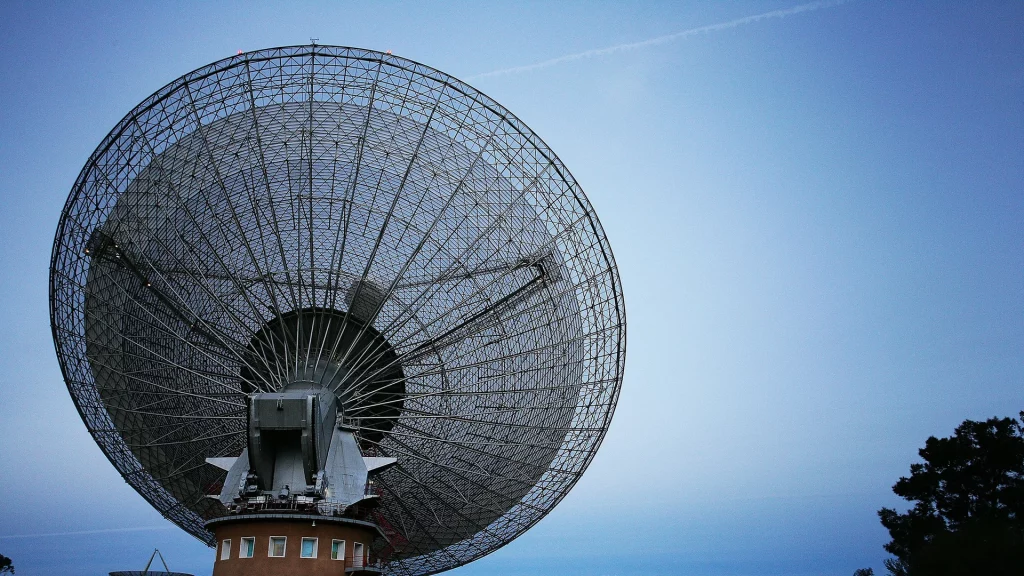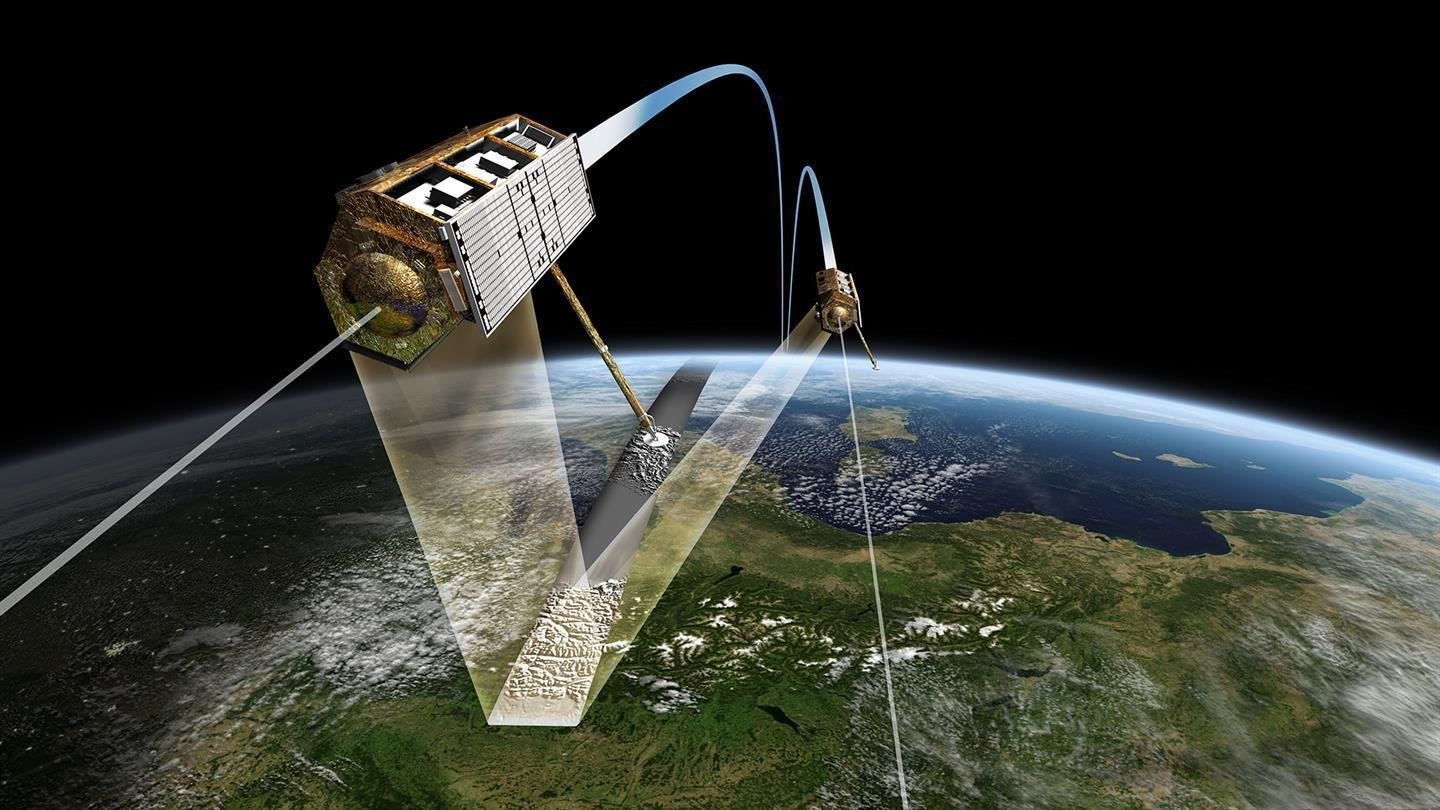
Hidden messages from the Earth: scientists study mysterious signals from beneath the surface
In the depths of our planet lurk invisible but important messages that have remained a secret to man for a long time. More recently, scientists have begun to uncover these mysterious signals emanating from beneath the earth’s surface. Using advanced technology and research methods, they are trying to decipher underground messages that may reveal important aspects of geological processes and historical changes of the Earth. This new line of research opens up exciting prospects for understanding what’s going on in the planet’s interior and could fundamentally change the way we perceive what’s hidden from view.
Sounds of the Underworld: A New Method for Identifying Ecosystems Through Soil Signals
Scientists have developed a new method that allows them to discover and study the Earth’s hidden ecosystems. Recent research has revealed that healthy soil emits a complex symphony of subtle sounds that are difficult for the human ear to hear, reports SciTechDaily
Ecologists from Flinders University have recorded a chaotic combination of sounds produced by different landscapes. This extraordinary study demonstrates that soil acoustics can serve as an indicator of the diversity of microscopic organisms that inhabit it. These creatures create sounds by moving beneath the surface and interacting with their environment.
In his opinion, the study of soil sounds opens up a new scientific field that will allow us to explore the Earth’s hidden ecosystems, which are home to approximately 60% of all species existing on the planet.
“Ecoacoustics is emerging as a promising tool for detecting and monitoring soil biodiversity, and is already being used in the Australian bush and other ecosystems,” the researcher notes.

“The researchers found that restored soil sites had significantly higher acoustic diversity compared to cleared areas. They also noted that acoustic complexity and diversity were closely related to the abundance and diversity of soil invertebrates.”
The study, led by Martin Breed of Flinders University and Xin Sun of the Chinese Academy of Sciences, compared acoustic monitoring data from different regions. The experiment covered degraded areas, lands with restored vegetation and soil that was revived 15 years ago.
“The variety of sounds is directly related to the abundance of underground things from earthworms and beetles to ants and spiders – a whole host of invertebrates. In turn, this
serves as an important indicator of soil condition,” the researchers emphasize.
The researchers are convinced that this technology can fill the gap in more effective ways to monitor biodiversity, which is critical to the conservation of various ecosystems on Earth.
Smart soil from the University of Texas: hydrogels for sustainable plant growth and resource conservation
A team of researchers from the University of Texas at Austin has created a revolutionary “smart soil” enriched with hydrogel.
According to Jungjoon Park, a graduate student in the Department of Mechanical Engineering and the study’s lead author, this soil allows for larger, more robust plants to be grown compared to traditional soil.
In addition, this soil needs less water and fertilizers, and has the ability to independently regulate their use.
It is expected that this innovation will greatly facilitate the work of farmers in the future, reducing the need for frequent watering and the use of fertilizers. The researchers emphasize that the technology is so versatile that it can be effectively applied in a wide variety of climate conditions: from arid deserts to temperate regions.
It is worth emphasizing that agriculture now accounts for about 70% of global freshwater consumption, and in some developing countries this figure can reach 95%.

At the same time, with the world’s population growing, scientists warn of potential future freshwater shortages caused by climate change, pollution and water resource depletion.
Classic approaches to agriculture, such as irrigation and fertilizer application, face significant challenges, including inefficient water use and environmental degradation of the land. In this regard, scientists suggest that the new “smart soil” has the potential to partially solve these problems by offering a more sustainable and efficient method of agricultural management. Another important problem is the overuse of fertilizers, which often causes excess nutrients to accumulate. This leads to a decrease in their uptake by plants, environmental pollution and soil degradation.
Scientists are confident that innovative “smart soil” will be able to solve this problem, offering a more balanced approach to fertilization and improving the environmental situation.
The team conducted a series of experiments and the results showed that plants grown in soil with the hydrogel exhibited 138% more stem growth compared to plants grown in regular soil.
Moreover, the use of smart soil resulted in water savings of about 40%, which significantly reduced the need for frequent watering and ensured sustainable plant development.
The researchers note that their work builds on cutting-edge developments in hydrogels that have the ability to extract moisture from the air. Previous research focused on calcium-containing fertilizers. The project will be expanded in the future, and the next stages will include the introduction of different types of fertilizers and longer field trials.